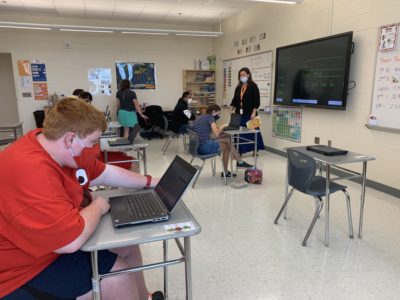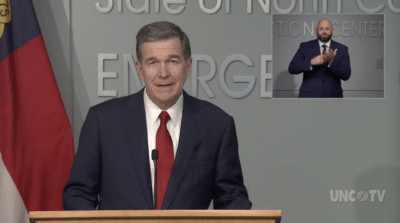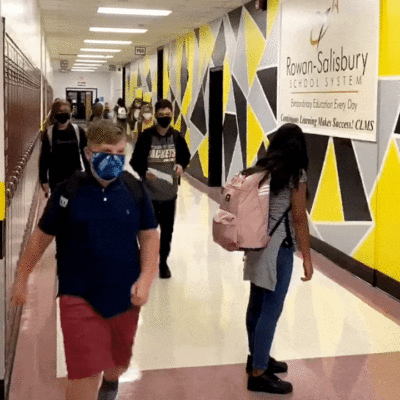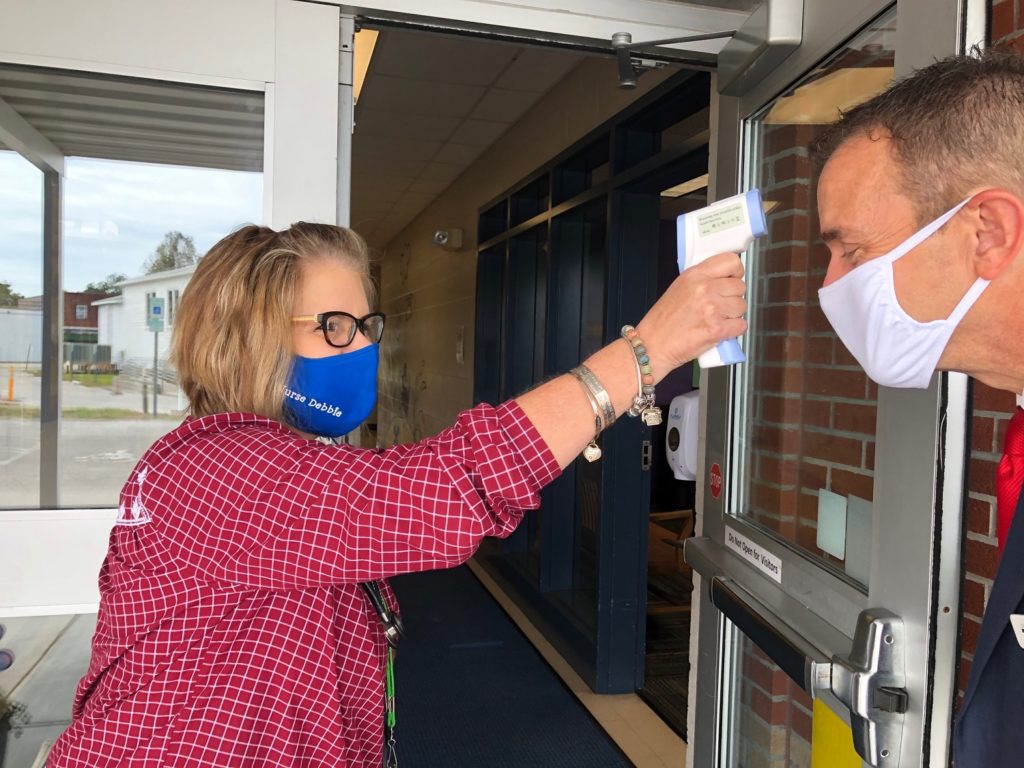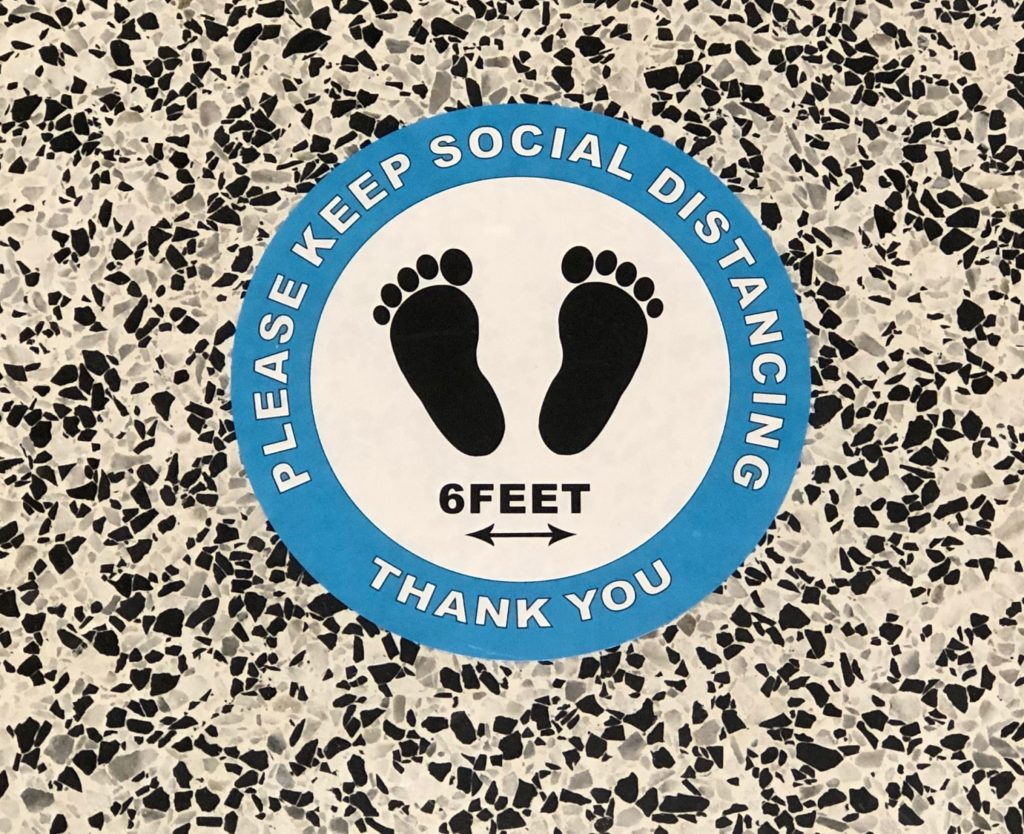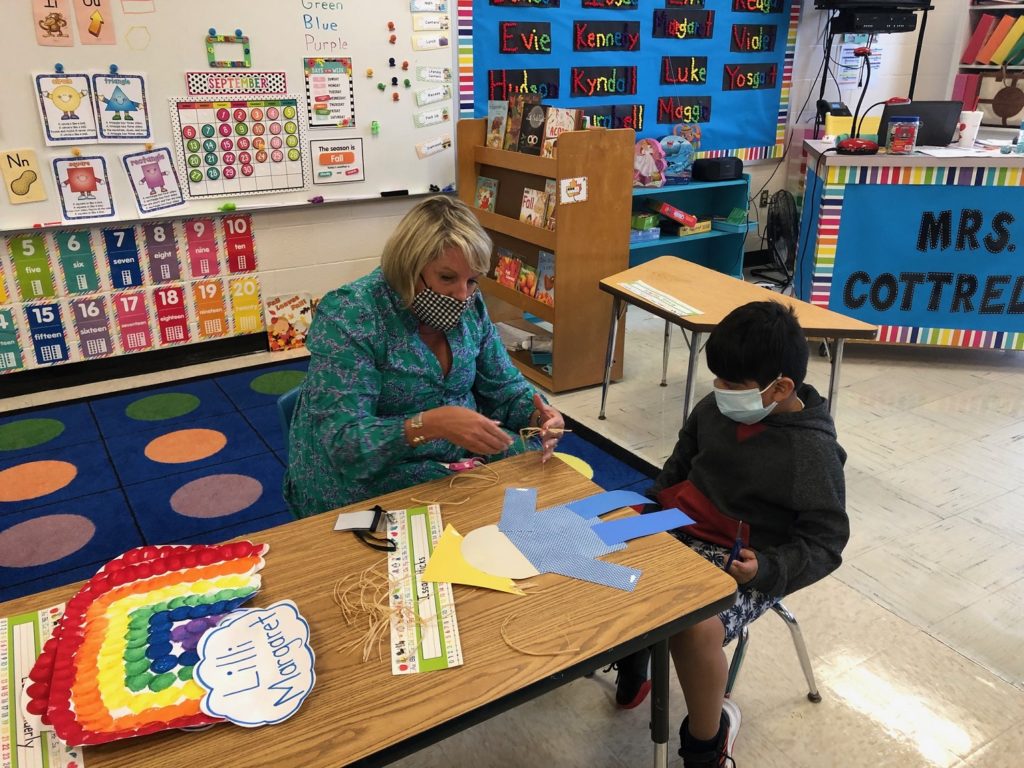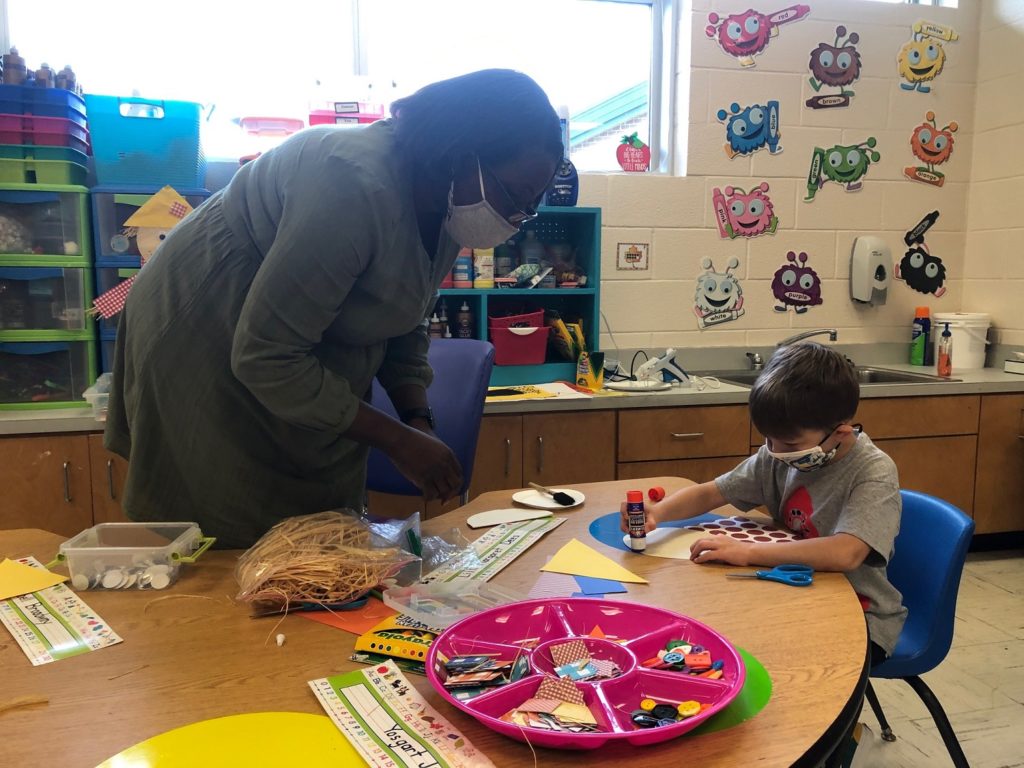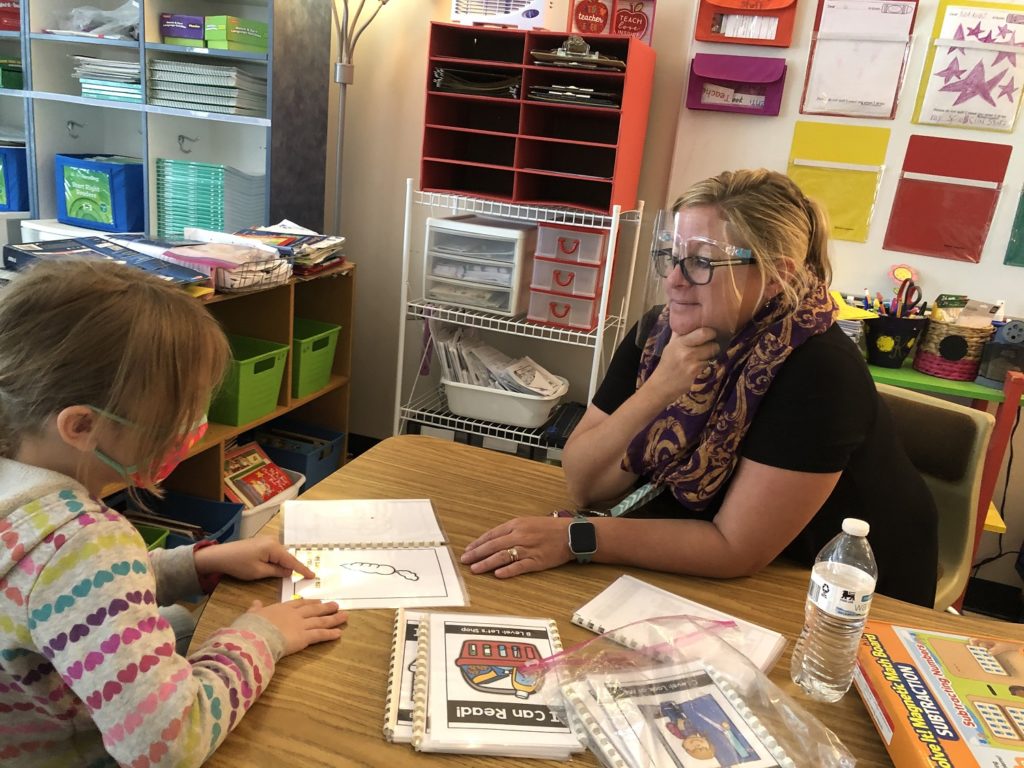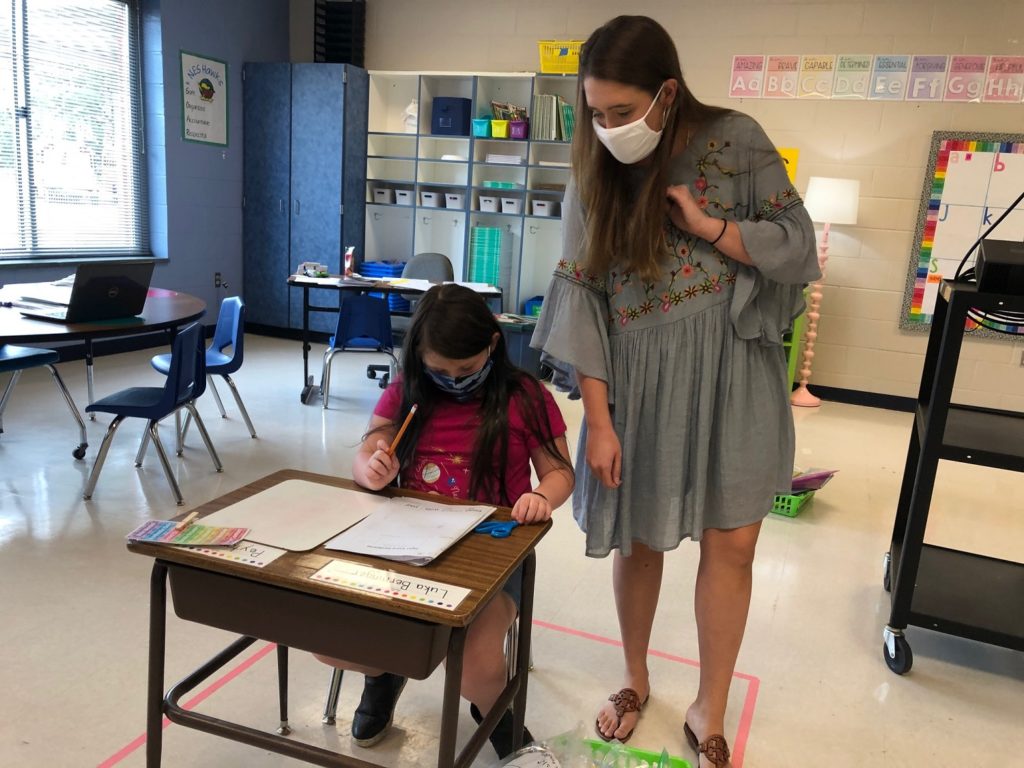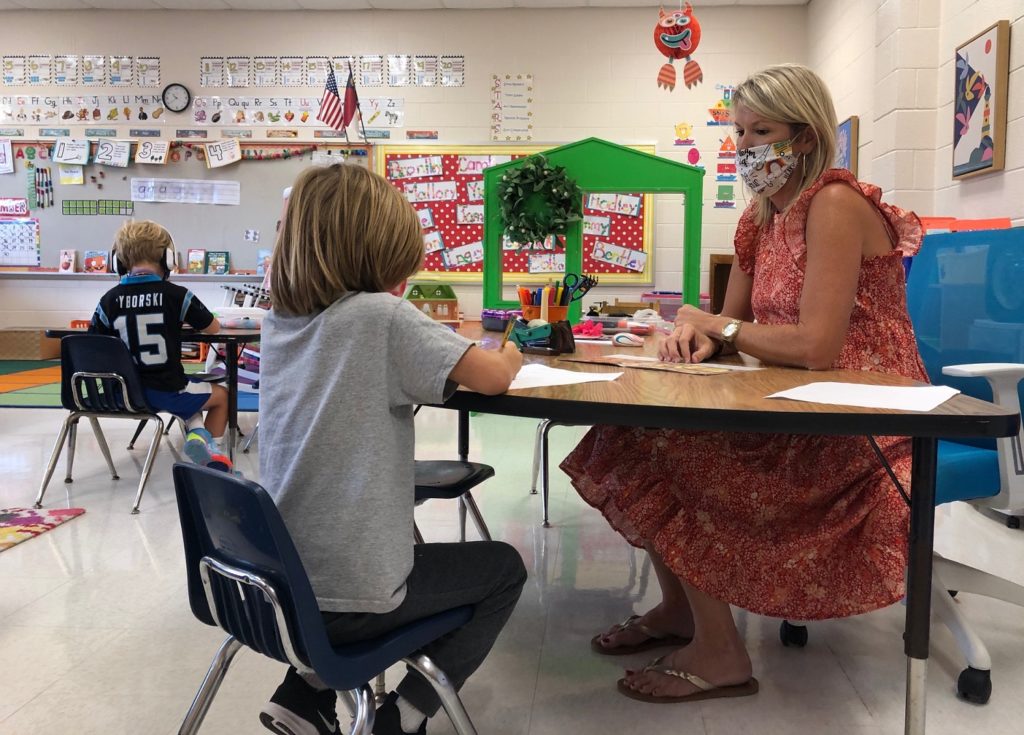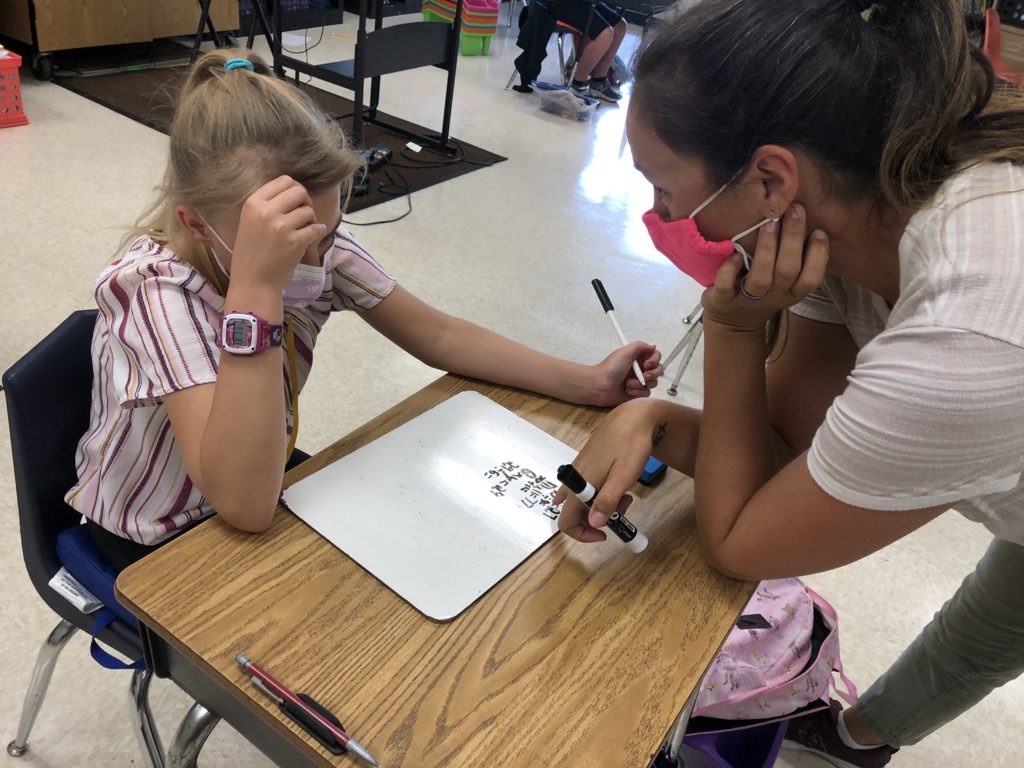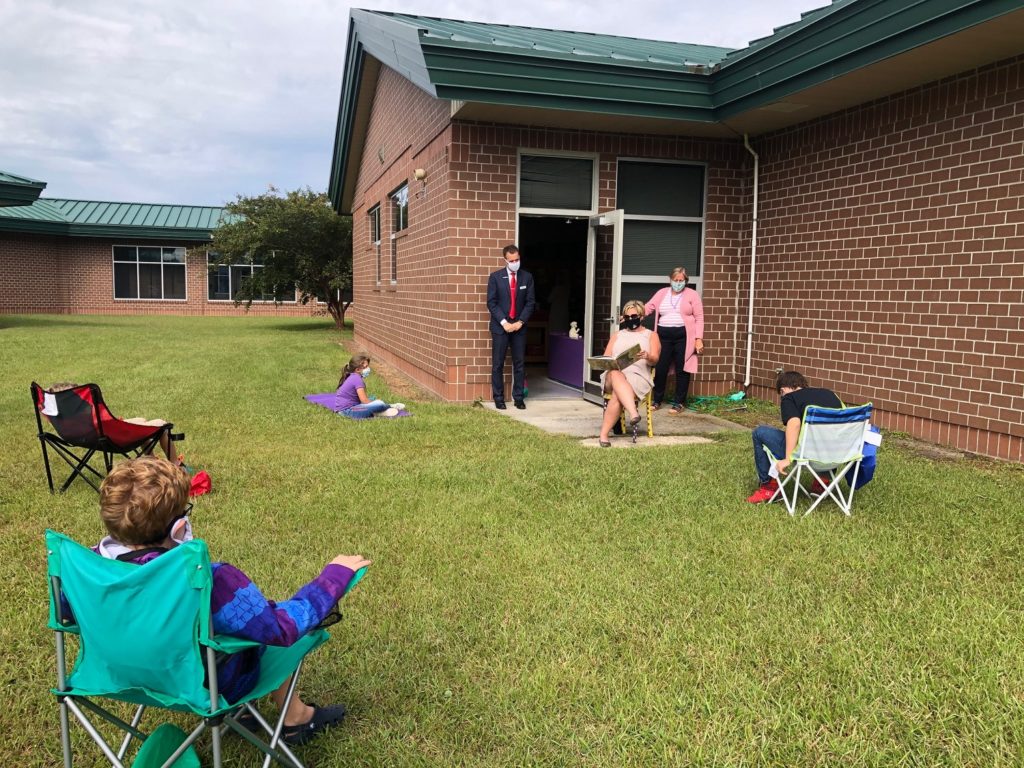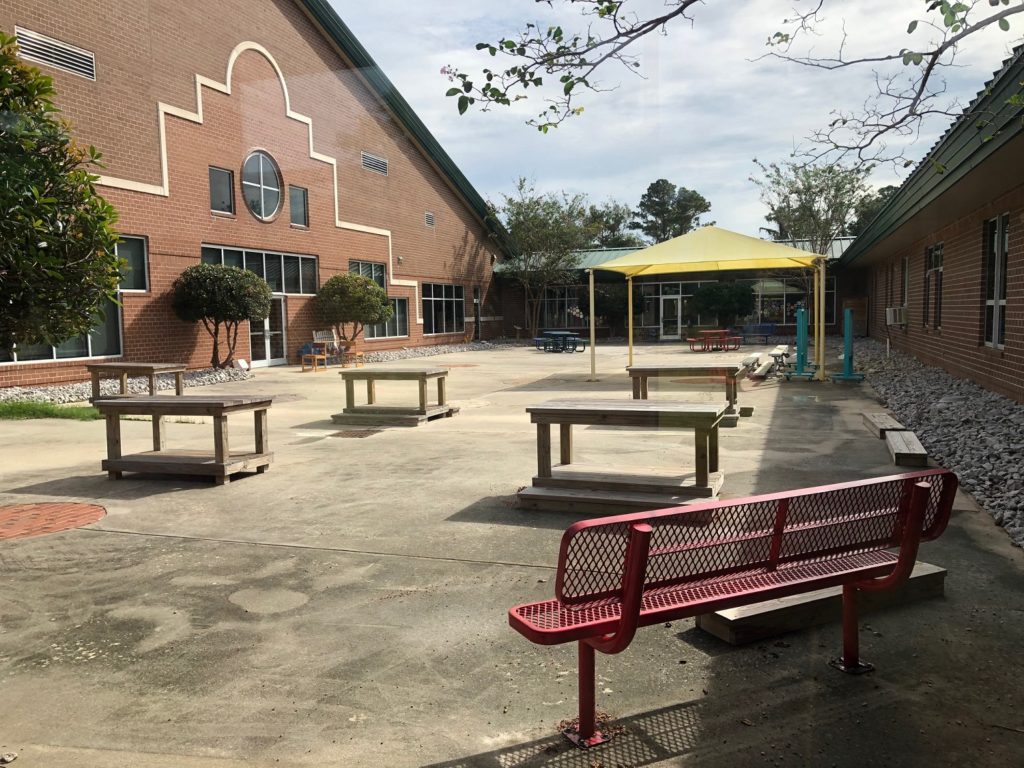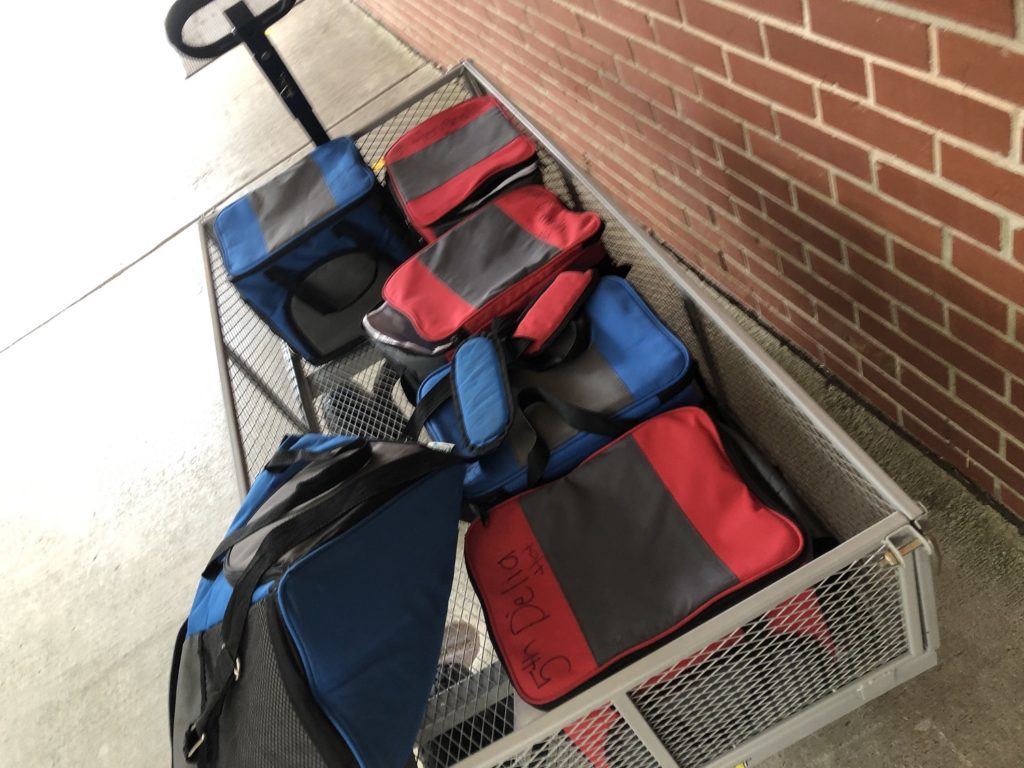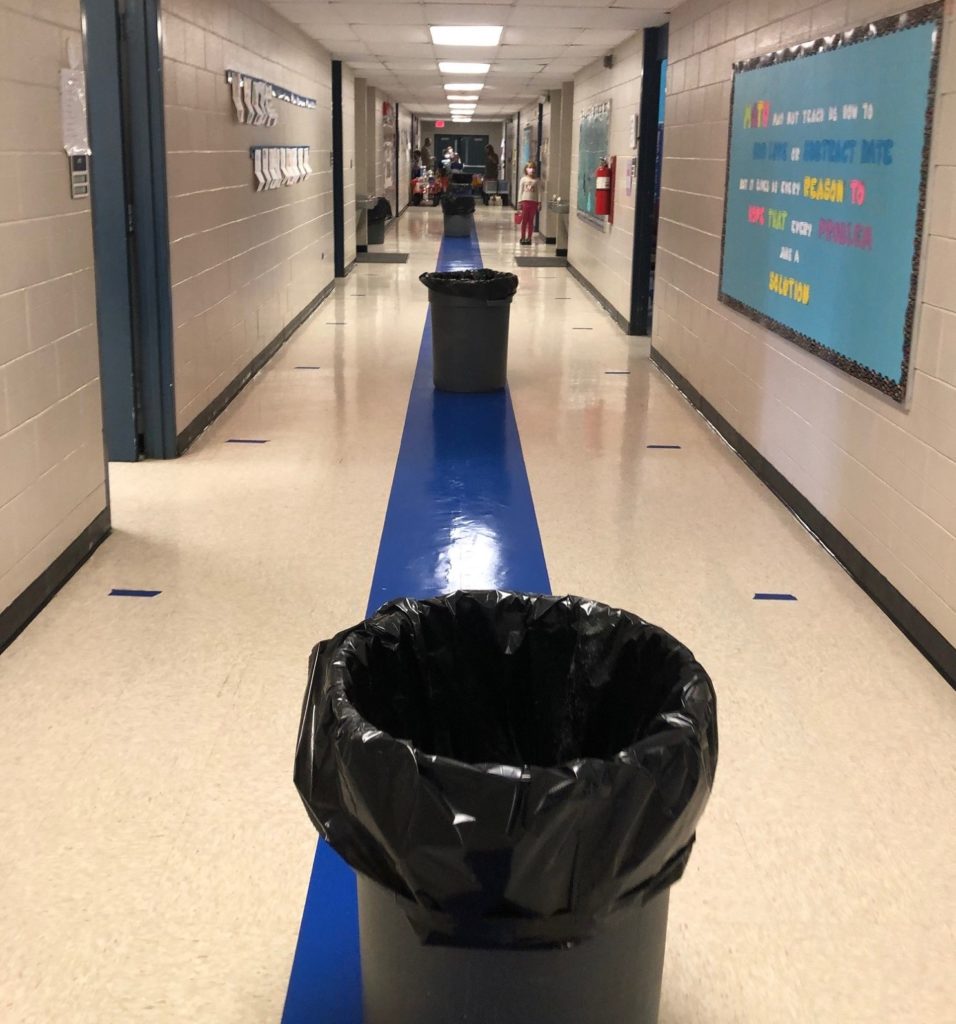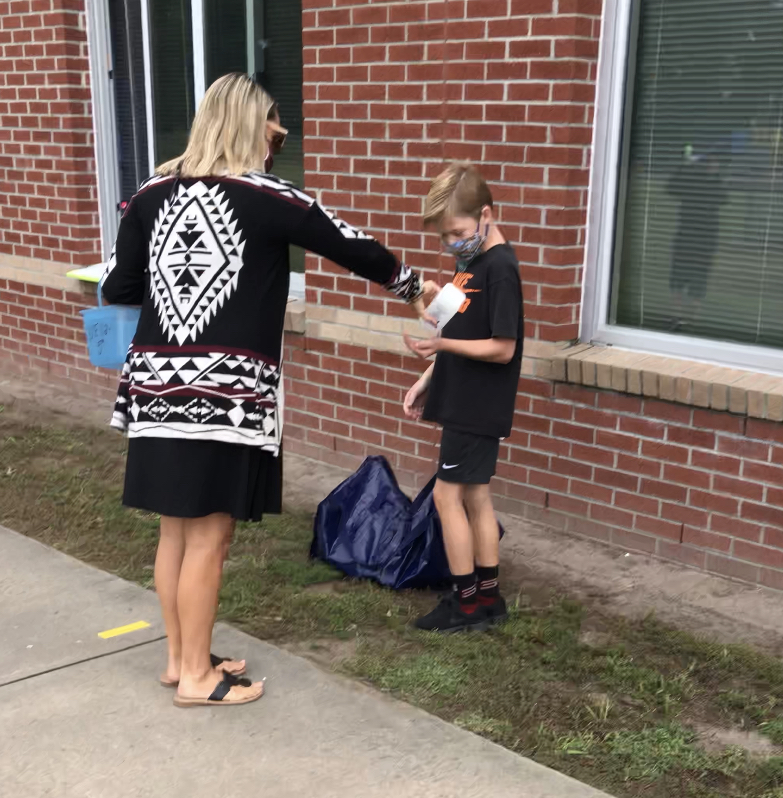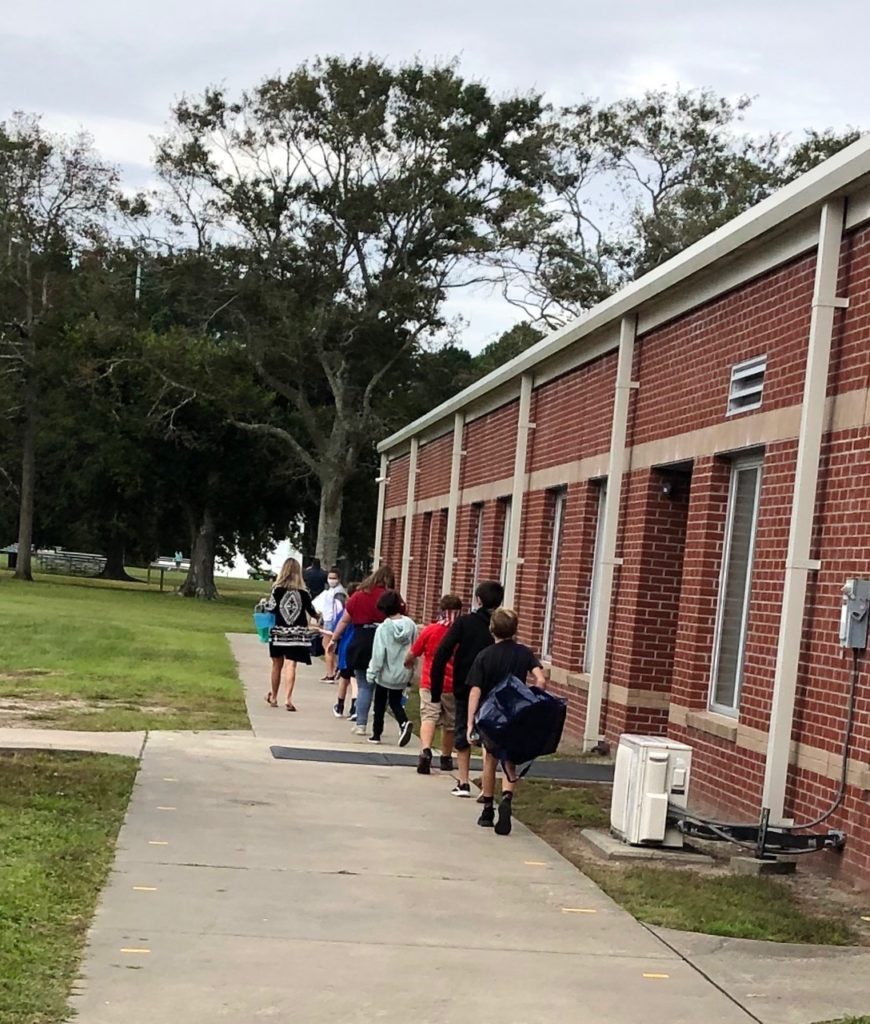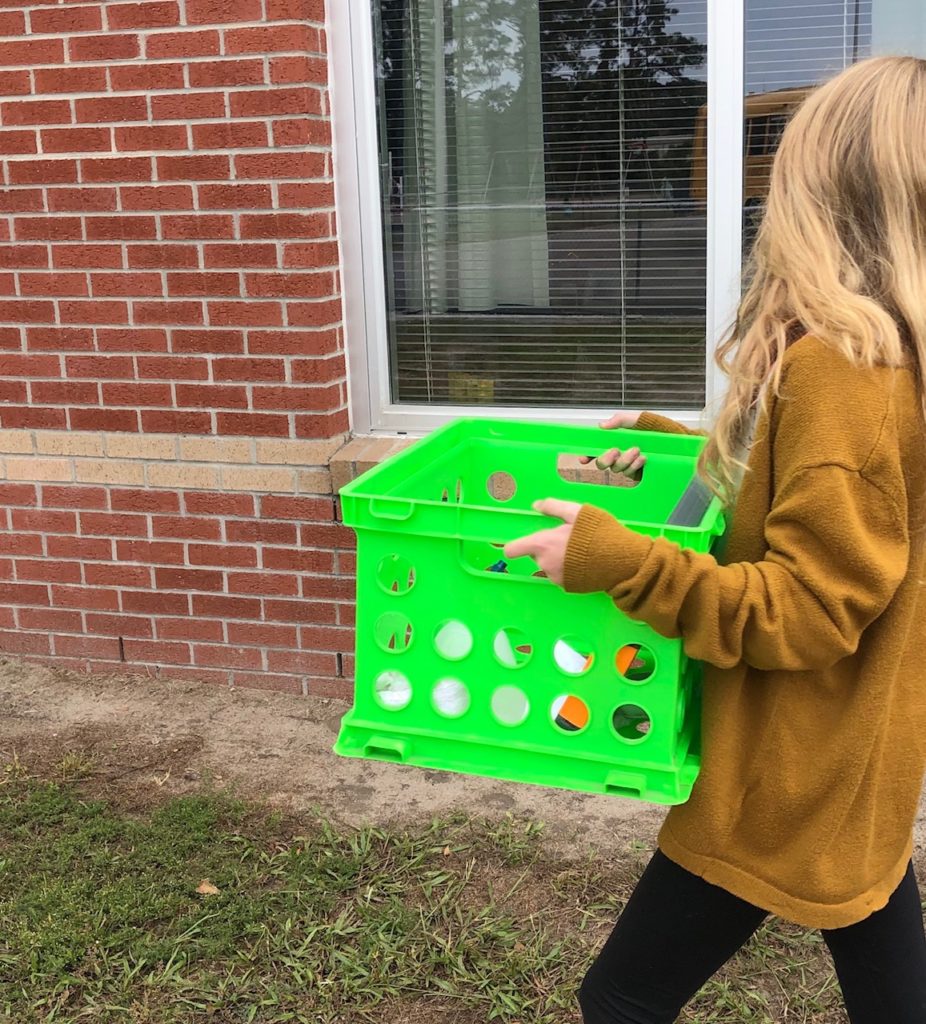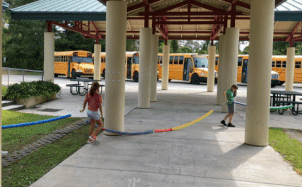
An educator in a district operating in plan C texted me, “What are the districts that are back in person and doing a really good job with safety and instruction?” The learning curve for districts that will move from plan C to plan A without ever being in plan B is steep, especially since they can’t travel to see how other districts have been serving students in person.
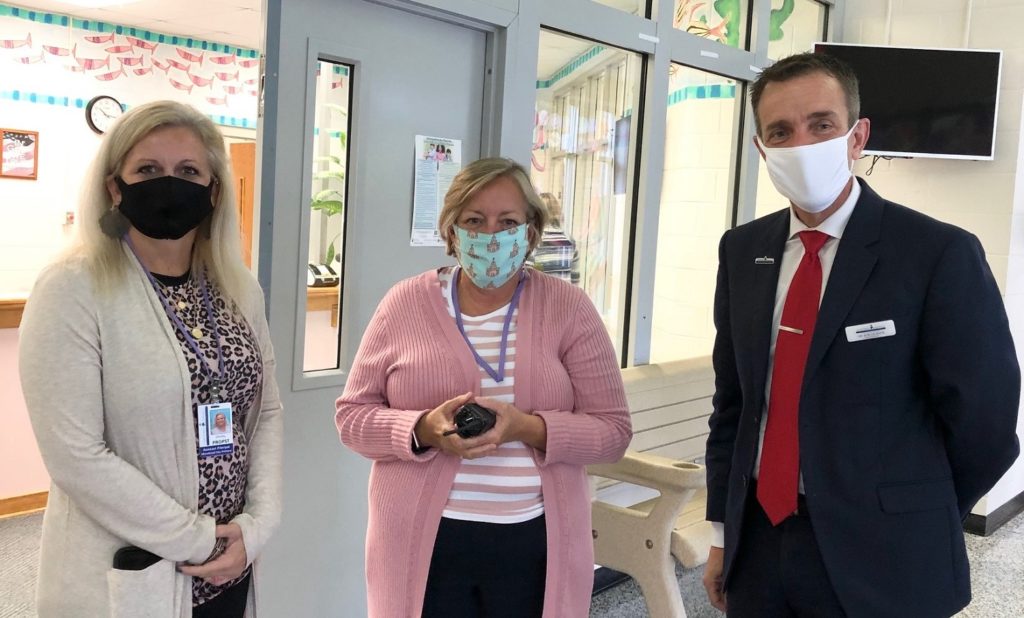
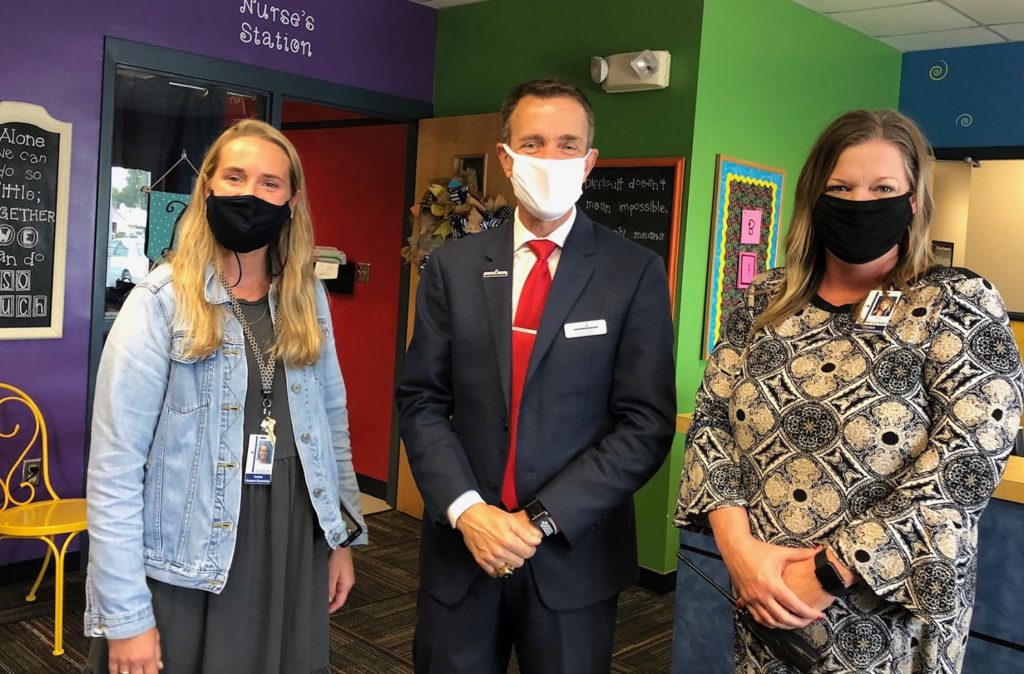
Last week, I spent a morning visiting Morehead City Primary School (MCPS) and Newport Elementary School (NES) in the Carteret County Public School System with Superintendent Rob Jackson. It was the same day the school board would vote to allow elementary school students to return to in-person instruction on Oct. 19, 2020.
If you don’t know it, Carteret County is a coastal county that includes Cedar Island to the north and Emerald Isle to the south. The district has been operating in plan B with two cohorts: cohort A attends on Monday and Tuesday with virtual instruction the rest of the week, and cohort B attends on Thursday and Friday with virtual instruction the rest of the week. No students have been in schools on Wednesday to allow for deep cleaning. Thirty percent of the students across the district opted for virtual instruction all of the time.
Here you can see how the district is reporting cases as well as the presentations by the superintendent and the county health director to the school board.
Lessons learned
Because of social distancing requirements, this year there were no open houses, no meet the teacher nights. Instead, the district used the first week of school as an orientation, bringing about three children in at a time along with their parents to meet the teachers and start building those all-important relationships. “The teachers loved it, the kids loved it, the parents loved it,” said Jackson. It worked so well that the district will consider it as they head back to school in years to come.
COVID-19 forced educators to reimagine almost everything about how elementary students experience school — from how they enter and exit the buildings to how they move through the buildings to how they eat lunch and use the restroom to recess to the instruction both in the classroom and from home.
Both of the schools I visited had new protocols for student drop-off and pick-up. At NES, Nurse Debbie screens the children for COVID-19 each day, differentiating symptoms as needed from allergies, colds, and the flu. Common areas with stickers placed 6 feet apart are used for students awaiting pick up. And gyms are being used to quarantine students if needed. Except at lunch, everyone was wearing masks.

Drop off 
Screening 
Floor markers
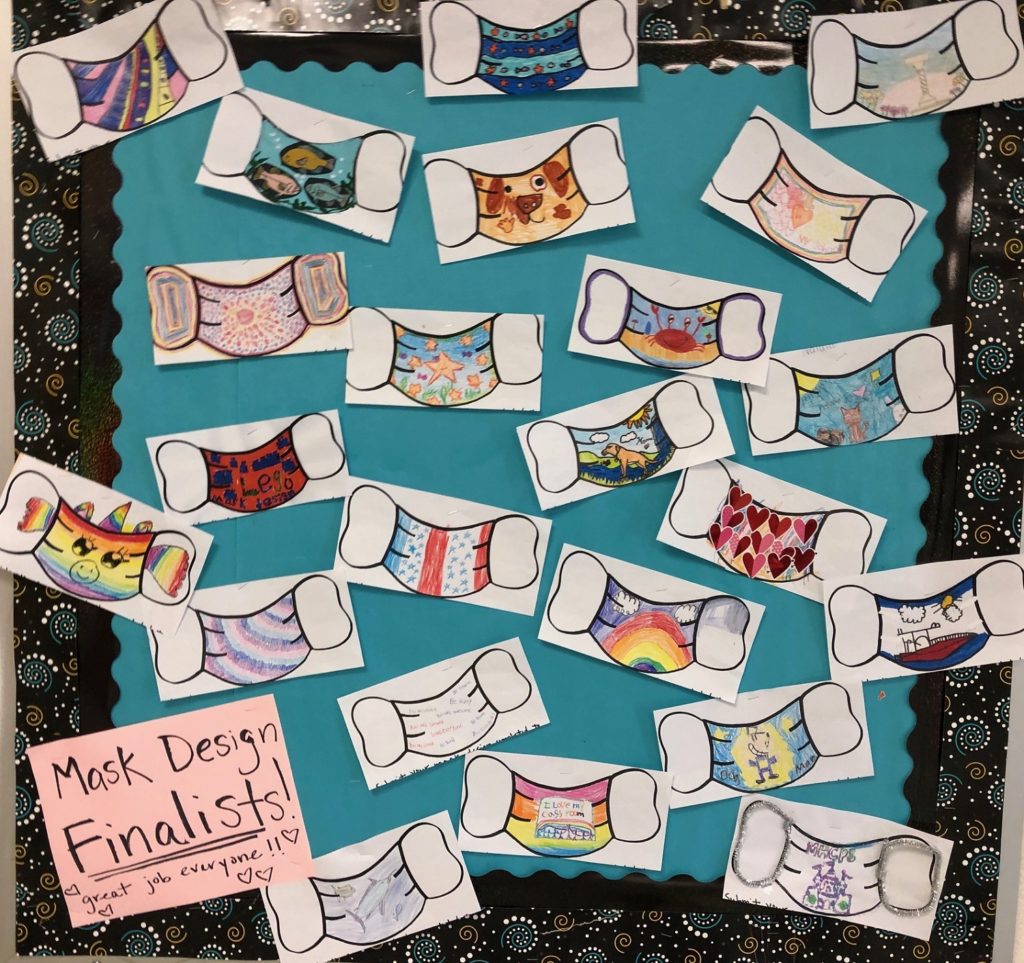
At MCPS, students on the move use strings of noodles (color coded by grade) with loops to hold on to at 6 feet intervals to maintain appropriate social distancing — note: noodles inconveniently are 4 1/2 feet long, requiring 18-inch extensions. If the noodles “smile,” then the students know they are getting too close together.
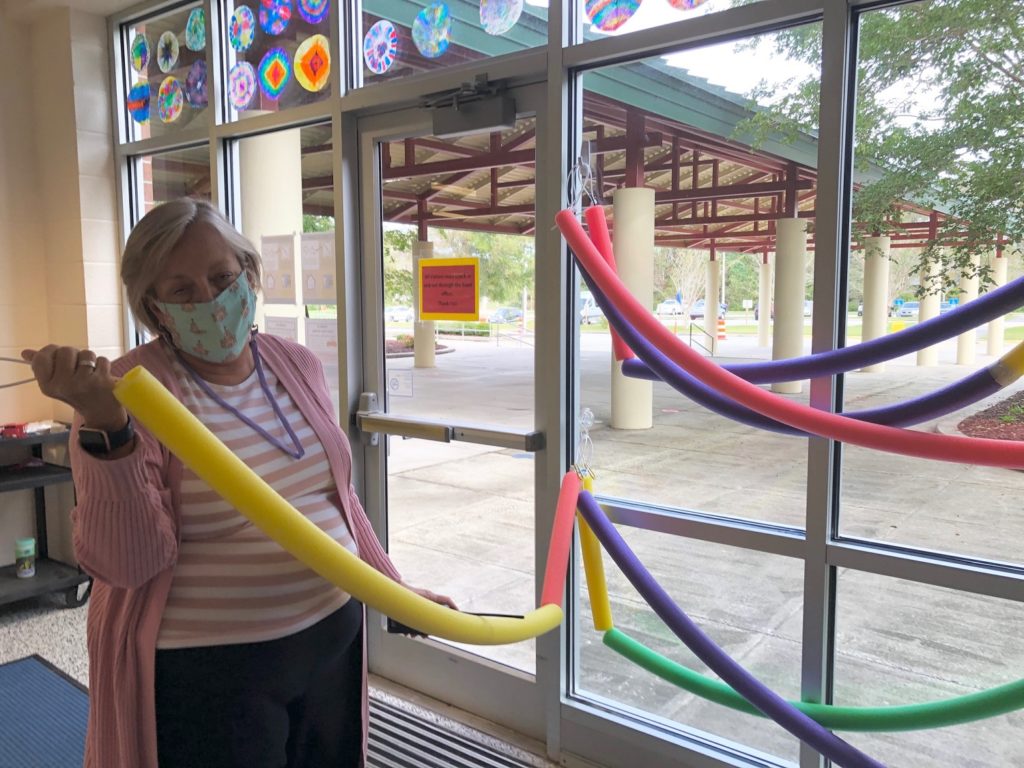
Students aren’t sharing supplies, and they are no longer using lockers. Instead, each student has a plastic laundry basket for their own things.
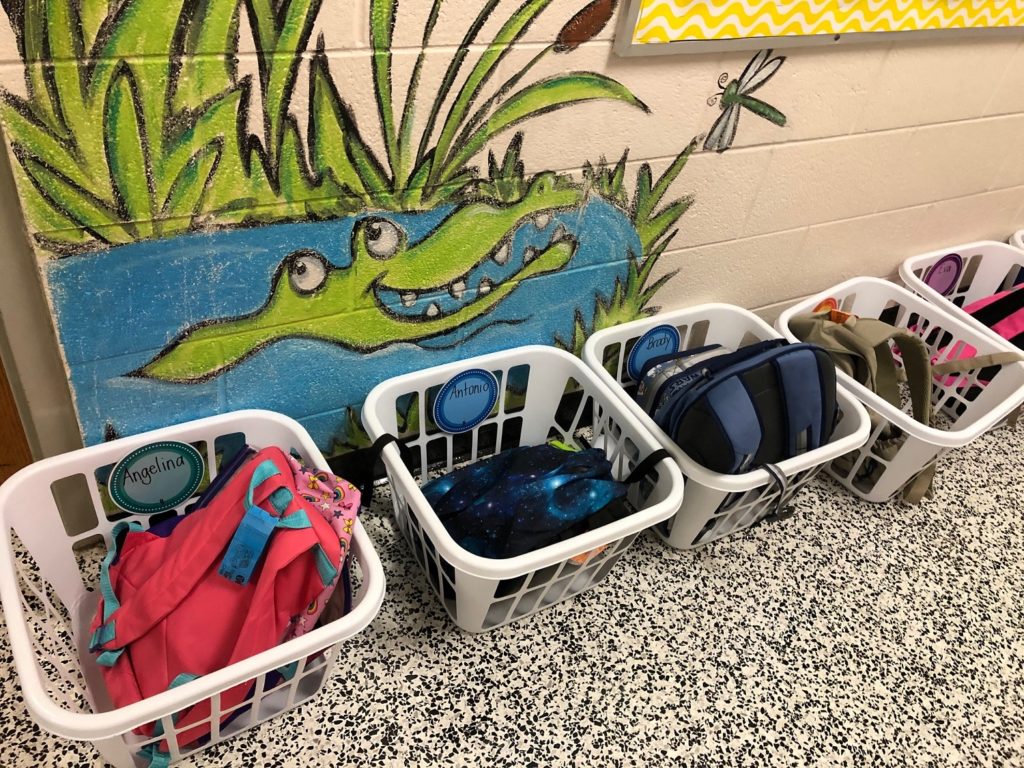
One unanticipated upside, noted the superintendent, is the amount of one-on-one and small group instruction that is taking place. Timers in the classroom limit these closer interactions to 15 minutes.

Carlyn Cottrell, Kindergarten 
Amanda Jones, Kindergarten 
Meredith Kelly 
Samantha Schleiker 
Terri Garrison, Kindergarten 
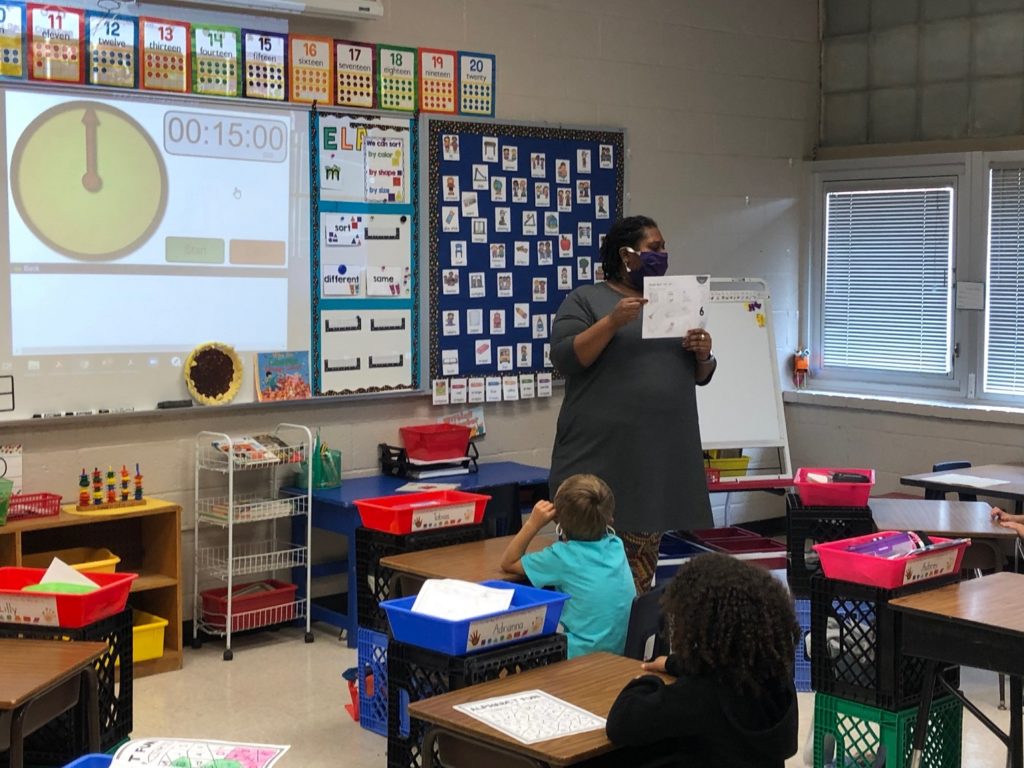
Outdoor spaces are used for mask breaks as well as instruction.

Lee Taylor, 3rd Grade 
Lunch is being delivered to the classrooms via wagons with hot and cold bags. Trash cans are set up in the hallways. And there is a gain in instructional time since there is standards-aligned content delivery throughout via video or in-person.
Students use the restroom one at a time now, carrying a bucket for hand sanitizer with them. The bucket is left outside the door of the restroom to indicate to other students it is in use.
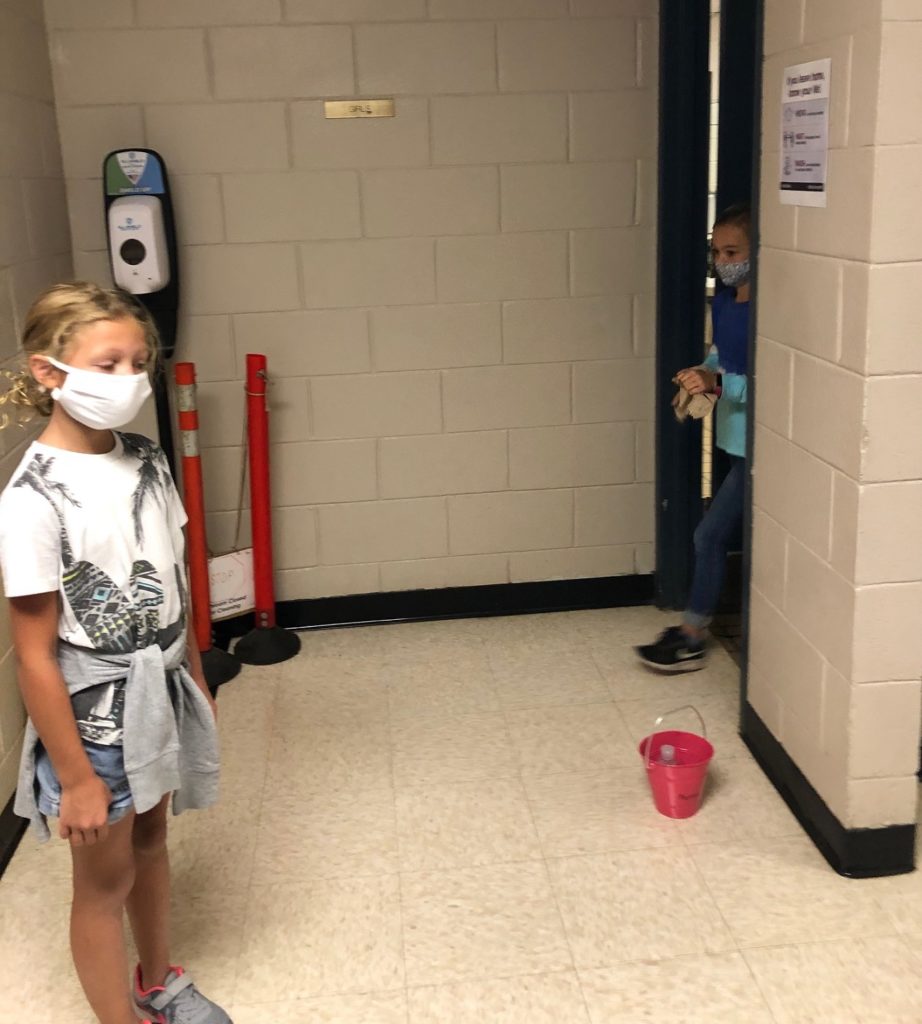
Initially, with the playgrounds closed, the schools put together recess bags for each classroom, including equipment that was easy to wipe down like soccer balls.

Sara D’Elia 

Even after the governor opened the playgrounds, the district took some time to figure out how to keep them clean and safe. Now, each classroom has a plastic crate with sanitizer and wipes for hands and cleaning the equipment. The students enjoyed the recess bags so much that they have continued to use them even with the playgrounds now open.
Why in-person instruction matters
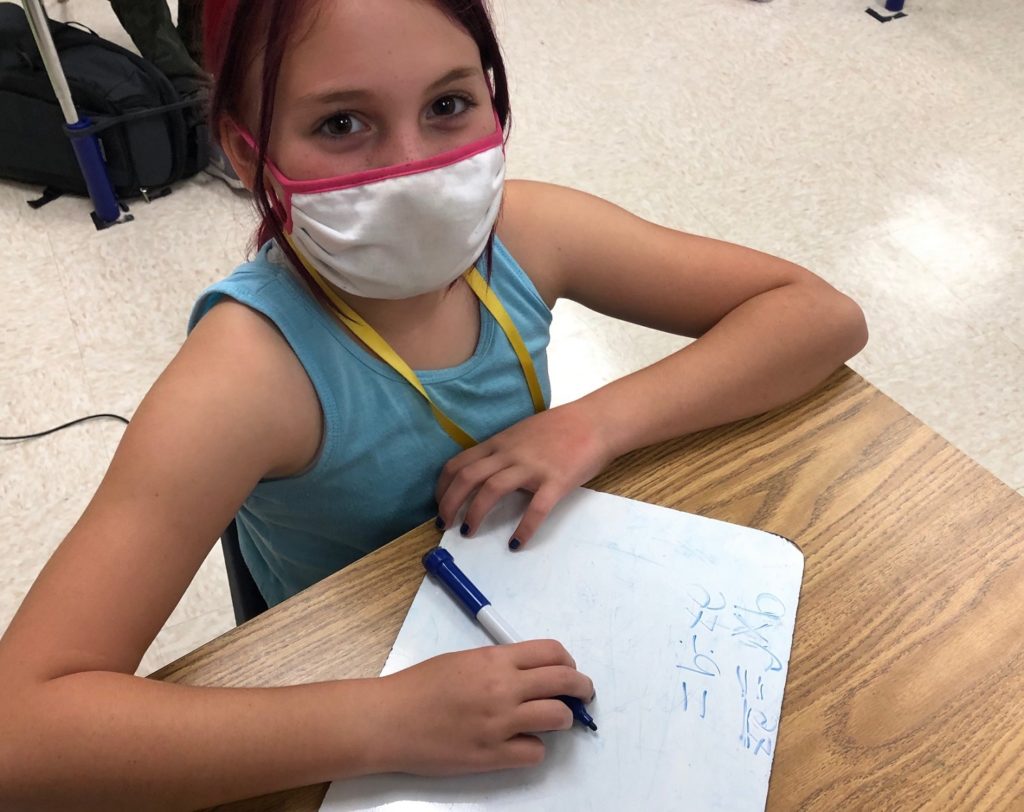
As the district prepares to provide full-time in-person instruction for all of the elementary students whose parents choose it, Jackson is mindful of his teachers and “the physical, mental, and emotional drain of the work in this moment.” One upside of the transition is that teachers will no longer have some students in person and some virtual, which they have found to be hard.
Jackson asked his school board to wait until the end of this instructional period to bring back elementary students, giving educators, parents, and students time to plan for the transition.
It’s important they come back, and Jackson noted, it’s important they come back safely.
Part of the role of kindergarten and elementary school, Jackson said, “is to teach children to get along and to work together and and how to be in community. And if we’re not together in school, then children don’t learn those social skills, to the detriment of their future, being able to work with people, regardless of philosophy or culture or background.”
“I’m hopeful that while the virtual piece may be a part of our future, that face-to-face instruction always is paramount, because I just see the value of us being together.”
“Schools are still the gathering ground for the community,” he said.
Of COVID-19 and the transitions from all virtual in the spring to plan B to plan A, Jackson said, “we will come out stronger, better, ready to serve every child, every family, every community member.”
Recommended reading
